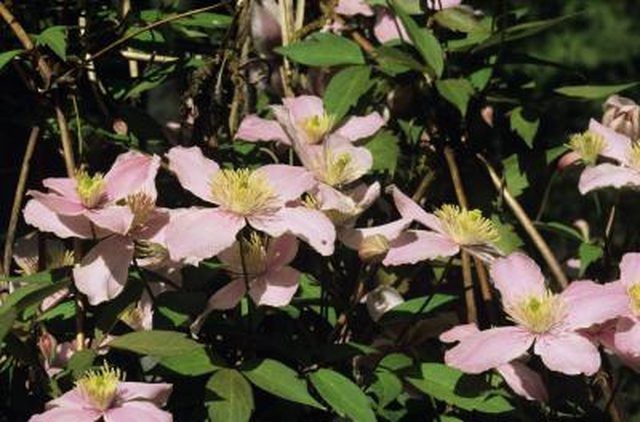Bulbs
Flower Basics
Flower Beds & Specialty Gardens
Flower Garden
Garden Furniture
Garden Gnomes
Garden Seeds
Garden Sheds
Garden Statues
Garden Tools & Supplies
Gardening Basics
Green & Organic
Groundcovers & Vines
Growing Annuals
Growing Basil
Growing Beans
Growing Berries
Growing Blueberries
Growing Cactus
Growing Corn
Growing Cotton
Growing Edibles
Growing Flowers
Growing Garlic
Growing Grapes
Growing Grass
Growing Herbs
Growing Jasmine
Growing Mint
Growing Mushrooms
Orchids
Growing Peanuts
Growing Perennials
Growing Plants
Growing Rosemary
Growing Roses
Growing Strawberries
Growing Sunflowers
Growing Thyme
Growing Tomatoes
Growing Tulips
Growing Vegetables
Herb Basics
Herb Garden
Indoor Growing
Landscaping Basics
Landscaping Patios
Landscaping Plants
Landscaping Shrubs
Landscaping Trees
Landscaping Walks & Pathways
Lawn Basics
Lawn Maintenance
Lawn Mowers
Lawn Ornaments
Lawn Planting
Lawn Tools
Outdoor Growing
Overall Landscape Planning
Pests, Weeds & Problems
Plant Basics
Rock Garden
Rose Garden
Shrubs
Soil
Specialty Gardens
Trees
Vegetable Garden
Yard Maintenance
Is Clematis Toxic?
Is Clematis Toxic?. Several hundred species of clematis plants, also known as virgin's bower, grow around the world. These vines may be found as native vines, incorporated into landscaping or treated as houseplants. With their close proximity to animals and young children, their toxicity level may be a concern.

Several hundred species of clematis plants, also known as virgin's bower, grow around the world. These vines may be found as native vines, incorporated into landscaping or treated as houseplants. With their close proximity to animals and young children, their toxicity level may be a concern.
Toxicity
All parts of the clematis plant carry a toxin known as anemonin, or irritant glycoside. Clematis vines prove toxic to humans, cats, dogs and horses. Toxic reactions occur when the plant is eaten, inhaled or touched.
Symptoms
When rubbed, clematis plants cause dermatitis in some people, a serious rash characterized by redness and burning. People or animals that ingest clematis experience burning within their mouths in addition to mouth ulcers. This might be accompanied by nausea, vomiting and diarrhea, particularly in pets.
Treatment
Symptoms of clematis poison typically fade within a few minutes, according to North Carolina State University's Poisonous Plants database. If a large amount of clematis has been ingested, or if the symptoms don't subside, call Poison Control for advice.